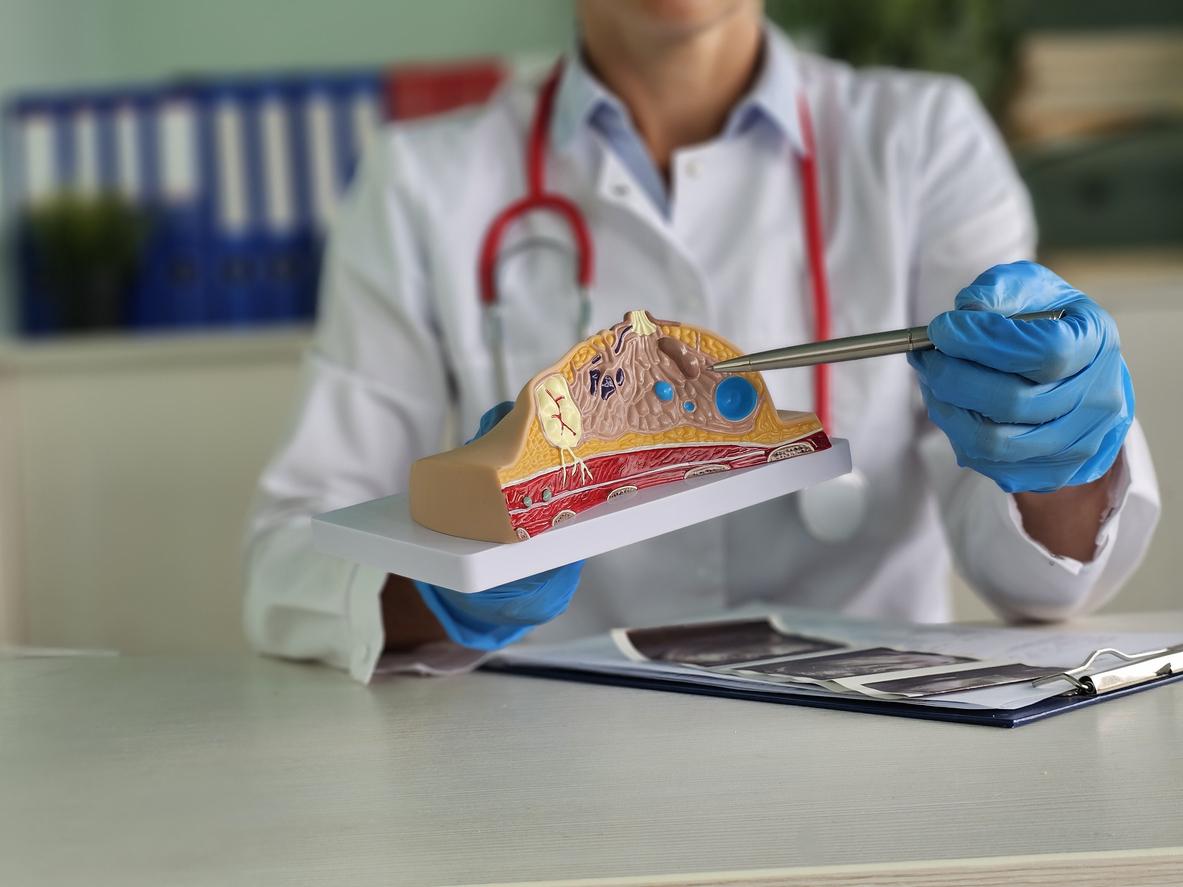Each year in France, more than 50,000 people carry out a obesity surgery operation. The two most used techniques are the sleeve (32,000 operations per year) and gastric bypass (13,000 per year). This latest surgical technique involves reducing the size of the stomach while bypassing part of the small intestine.
This short-circuit was first carried out “in Y”, a technique evaluated and validated by the High Authority of Health (HAS). But little by little, a so-called “omega” technique has spread among surgeons, because it is easier to perform. However, the HAS recommends no longer to use it “when the handle is 200 cm or more” (that is to say when the bypass excludes 200 cm from the digestive tract) and it is unfavorable to its reimbursement “because insufficient data to establish its effectiveness and the existence of potential serious complications associated “.
A risk of severe deficiencies
“The studies reveal a greater number of serious complications, among which severe deficiencies, in particular in vitamins and minerals, bile reflux … In addition, there is no convincing data on a better effectiveness of the omega bypass by report to the bypass in Y ‘insists the High Authority in a press release.
Concerning patients who have already been operated on, the HAS also recommends that they be followed with particular vigilance on the occurrence of nutritional complications linked to bile reflux. HAS recommends in particular a fibroscopy five years after surgery.
HAS recalls that bariatric surgery is a “second-line treatment” for obesity. That is to say after failure of a well-conducted medical, nutritional, dietetic and psychotherapeutic treatment for 6 to 2 months. It concerns patients whose body mass index (BMI) is greater than or equal to 40 kg / m2, or whose BMI is greater than or equal to 35 kg / m2 associated with at least one comorbidity likely to be improved after surgery.
Read also :
- Bariatric surgery: 20 times more procedures than 20 years ago
- When can we consider bariatric surgery in young people?
- Infographic: all you need to know about obesity surgery

















